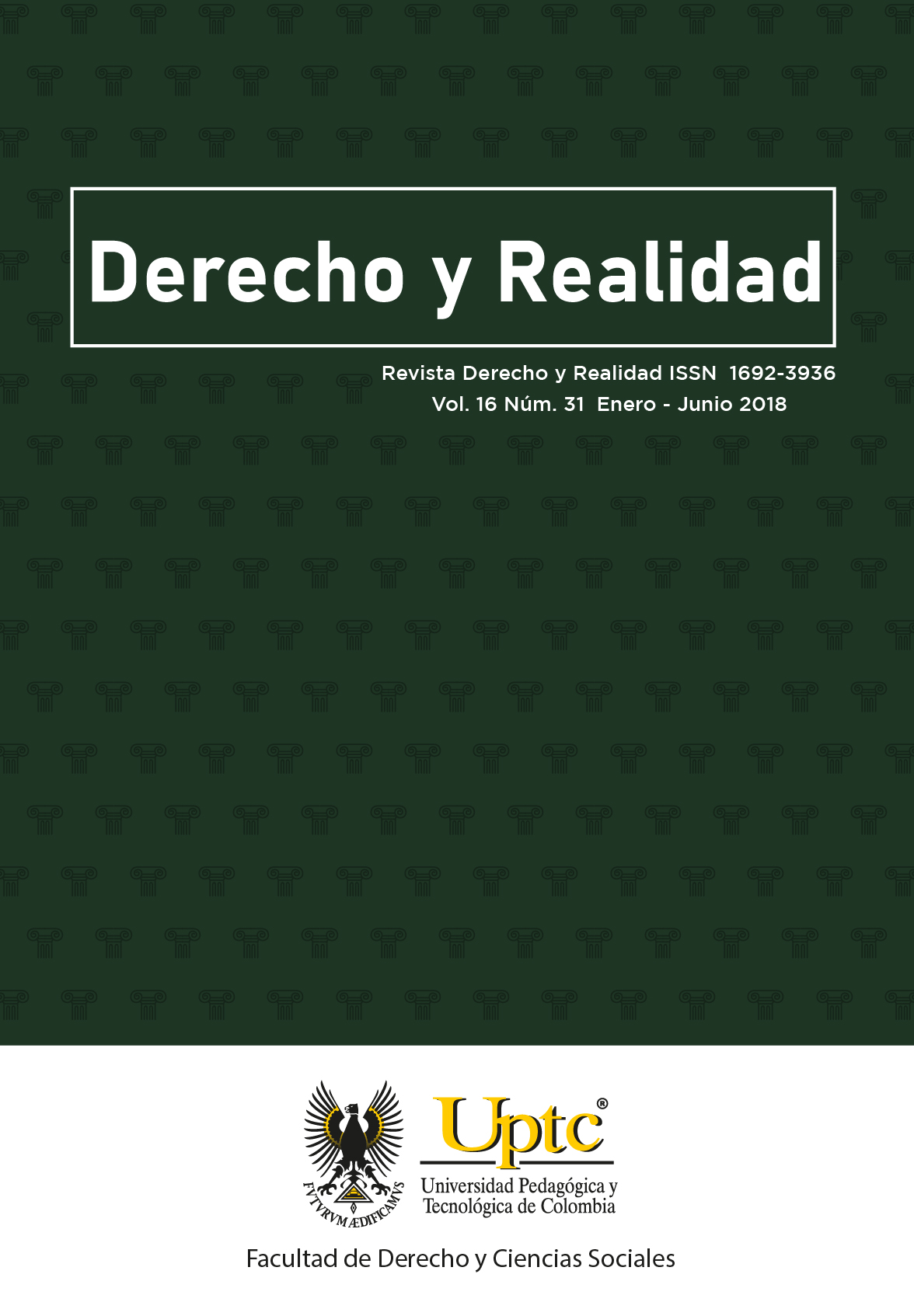Social representations of the territory in the Committee for the Defense of Water and the Páramo de Santurbán Colombia (2010-2017)

Abstract
This article constitutes a partial advance within the research project “Social representations of the territory in the conflict over the delimitation of the páramo de Santurbán (Colombia), years 2010-2017”, and as such inquires about the importance of the mining-environmental conflict in the formation of social representations of the territory that in the discursive plane contribute within the process of articulation of the committee, one of the main actors in this dispute. The objective is the configuration of the significance framework about the territory present in the committee's speech at the different moments of the conflict. For this purpose, it proposes a methodological approach of a qualitative type that takes as an approach the analysis of discourse. The understanding of the space / territorial object is characterized through the subjective, intersubjective and transubjective dimensions of discourse, each of which has its own elements and indicators. The result is a form of symbolic cartography that brings together the nuclear and peripheral elements of the social representations of the territory deployed from this actor, which have a great importance, as a symbolic resource, in the dispute over the delimitation of the páramo.
Keywords
Social representations, space, territorial conflict, Committee for the defense of Water and the páramo de Santurbán.
Author Biography
César Guauque
Lawyer Pedagogical and Technological University of Colombia. Political Scientist and Specialist in Political Philosophy from the National University of Colombia. Magister in Philosophy of Law and Legal Theory, Universidad Libre, Bogotá. Doctor of Social Sciences. National University of La Plata (Argentina). ORCID code: 0000-0002-8549-282X
References
- Abric, J. C. (2001). Prácticas sociales y representaciones, México: Ediciones Coyoacán.
- Comité (2015). “Defendamos el agua y Santurbán para las presentes y futuras generaciones”, Revista Noche y Niebla No 51 enero-junio 2015, pp. 52-77.
- Conciencia ciudadana (08 de junio de 2017). Bucaramanga-Soto Norte ciudad región, publicado en Vanguardia.com. Recuperado de: http://www.vanguardia.com/opinion/columnistas/ movimiento-civico-conciencia-ciudadana/400137-bucaramanga-soto-norte-ciudad-regi
- Cdmb (2013). Declaratoria del parque natural regional páramo de Santurbán. Acuerdo 1236. 16 de enero de 2013.
- DANE. (2018). Proyecciones de Población departamentales y municipales por área 2005–2020, Bogotá. Departamento Administrativo Nacional de Estadística.
- García, C. I. (2006). Las representaciones sociales sobre el territorio. Controversia 186 (junio 2006). Bogotá, Colombia: CINEP, 2006.
- Haesbaert, R. (2005) Da desterritorialização à multiterritorialidade, en Anais do X Encontro de Geógrafos da América Latina – 20 a 26 de março – Universidade de São Paulo.
- Hernández, R. (2014). Metodología de la investigación. México, McGraw-Hill.
- Jodelet, D. (2008). El movimiento del retorno al sujeto y el enfoque de las representaciones sociales, publicado en Cultura y representaciones sociales año 3, núm.5 pp. 32-63.
- Lefebvre, H. (1974). La producción del espacio. Madrid, España: Capitán Swing.
- León, Diana C. (28 de junio de 2018). Bucaramanga necesita ser una ciudad región para ganar competitividad, La republica.com. Recuperado de: https://www.larepublica.co/especiales/bucaramanga-2030/a-2030-bucaramanga-necesita-ser-una-ciudad-region-para-ganar-en-competitividad-2743773
- Mançano Fernandes, B. (2008). Sobre la tipología de los territorios. Disponible en: https://web.ua.es/es/giecryal/documentos/documentos839/docs/bernardo-tipologia-de-territorios-espanol.pdf
- Montañez, X. (14 de abril de 2013). “Bumangueses entendieron que el agua no sale de la llave, sino que viene de los páramos”. Vanguardia.com Disponible en: https://www.vanguardia.com/santander/region/bumangueses-entendieron-que-el-agua-no-sale-de-la-llave-sino-que-viene-de-los-paramos-LYVL204096
- Moscovici, S. (1979). La representación social, un concepto perdido. Publicado en 2002 por el Instituto de Estudios Peruanos (IEP). Disponible en: http://www.cholonautas.edu.pe/modulo/upload/tallmosc.pdf
- Moscovici, S. (1979). El Psicoanálisis, su imagen y su público. Buenos Aires, Argentina: Huemul.
- Roa, T. (2012). Palabras para narrar la resistencia. Las luchas por el agua y el territorio, en Toro Catalina, Fierro Julio, Coronado Sergio y Roa Tatiana (Eds.), Minería, Territorio y Conflicto, pp. 399-412. Bogotá, Universidad Nacional de Colombia.
- Zambrano, C. V. (2001). Territorios plurales, cambio socio político y gobernabilidad cultural, publicado en Boletín Goiano de Geografía, Vol 21-No 1, pp. 9-50.